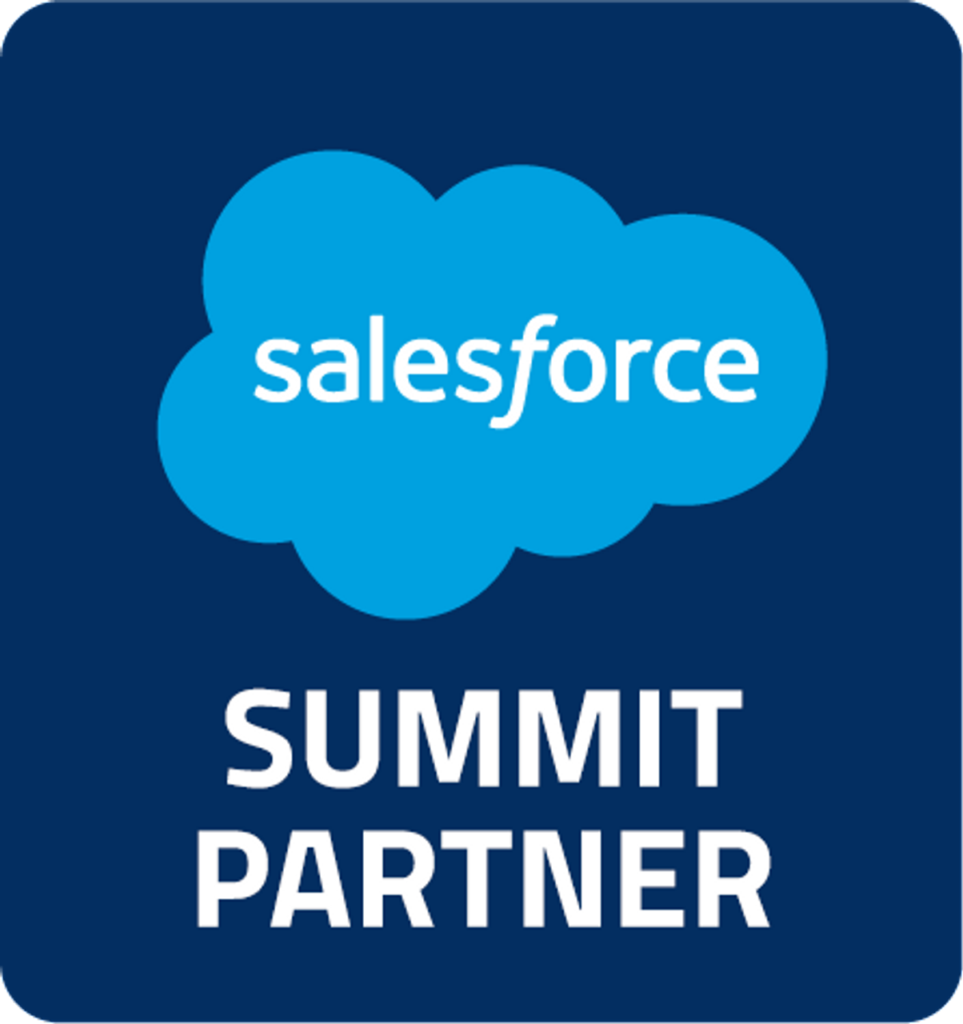Episode #5: the advantages of an Order Management System (OMS)
Annemarie Hakvoort, Account Executive at Salesforce learns us the advantages of an Order Management System. As a Salesforce implementation partner we are ready to help you to take more out of your webshop.
Watch the video
Listen to the podcast
Read the interview
What is in your opinion an Order Management System (OMS) ?
An OMS is everything that happens after pressing the buy button. It includes all features to fulfill an order. So in general you could say that it is forming the basis of a unified commerce strategy. You would like to have a highly configurable and capable OMS in place as it is the core of your organization.
Is that the reason why Salesforce started building this new product?
We have created a customer centric Order Management solutions to follow the process includes from the moment where the customer gets the product delivered and becomes a returning and a loyal customer. A mechanism that supports the customer experiences.
For example, you want to buy your favorite shirt. You want to know where there is any inventory. Do you have to buy it online? Will it be delivered to your house? Do you want to pick it up in a store? You want to make funded decisions on where you wanna buy your product, how you wanna buy it and how you want to get it fulfilled. That gives you a certain flexibility and enhances the customer experience.
Does an OMS also handle things like delivery and returns?
The OMS handles the complete post-purchase experience. So if you want to return your shirt because it’s not your size or the right color, the return and re-shipment is also covered in the OMS.
How does OMS fit in Marketing Cloud, Service Cloud and Commerce Cloud?
Salesforce Order Management System has been built on the Lightning platform, which is the basis of many of our clouds. Being built on the same platform has many advantages. Three times a year Salesforce brings new functions and features to the customers and make sure their solutions keep running and the upgrades don’t have impact on their business. OMS makes use of the same data, data model and objects of the Lightning platform. You only need the integrations on the backend side and the connection to make with your ERP, your warehouse management system, your inventory system, your payment providers and your shipment carrier.
Does OMS focus on any particular segments of the markets?
It fits well with companies that produce products not so much with services or subscriptions. We can say that OMS fits more for the retail or manufacturing industry. Those industries are typically the industries that get the most out of this solution.
The pandemic had a huge impact on retailers who had to close their physical stores. They had to come with new solutions and focus on online possibilities to offer their customer different ways of fulfillment. This change made it clear that their ERP or OMS they had in place was not that flexible and easy to make changes to.
Is flexibility one of the main advantages of OMS?
Yes. When you have everything built into your ERP it’s not that flexible and agile. But when you bring it to a platform like Salesforce which is built with flows and delighting platform, you see that it brings agility and scalability.
Is OMS already mature enough to implement?
We launched Salesforce OMS two and a half years ago. It is built on the Lightning platform and that platform already exists for 23 years. The functions and the features aren’t really new to us. OMS is a new product, but when you look at the history, it has components that are really mature and already proven. We have gained 270 customers in these two and a half years. If we compare it with companies like us that focus on OMS, they haven’t even gained that number of customers in total in all these years.
Can you already tell something about the Salesforce roadmap?
If we look at future features on our roadmap we look at artificial intelligence (AI). We have some prediction models already in pilot with some of our customers. We help them predict what inventory will be sold out, which products are doing good and which not. We’re using inventory as well as customer orders and history of orders to analyze and to predict what will happen.
We will also make improvements to the store fulfillment app that will come in the winter release. So what we currently have in place is a basic functionality that is focused on the curbside pickup.
In the next release, the in-store app will become much richer and it will bring the possibility to do picking and packing. Companies that are more interested in shipping labeling we can work together with our strategic partner, FedEx. For shipping purposes, you can extend the platform very easily. Solutions that our partners bring to the app exchange so that you can do different fulfillment options. You can give the customer more choice to the options that they have for fulfillment. Let’s say you want a next day delivery, it will be more expensive than a next week delivery or a greener delivery. Our partners will bring in those functions and features. That is not something that we do ourselves, but we have a very open platform, API based, so you can easily add partner solutions to it.
Want to know more about OMS or other Salesforce solutions? Don’t hesitate to contact us.



